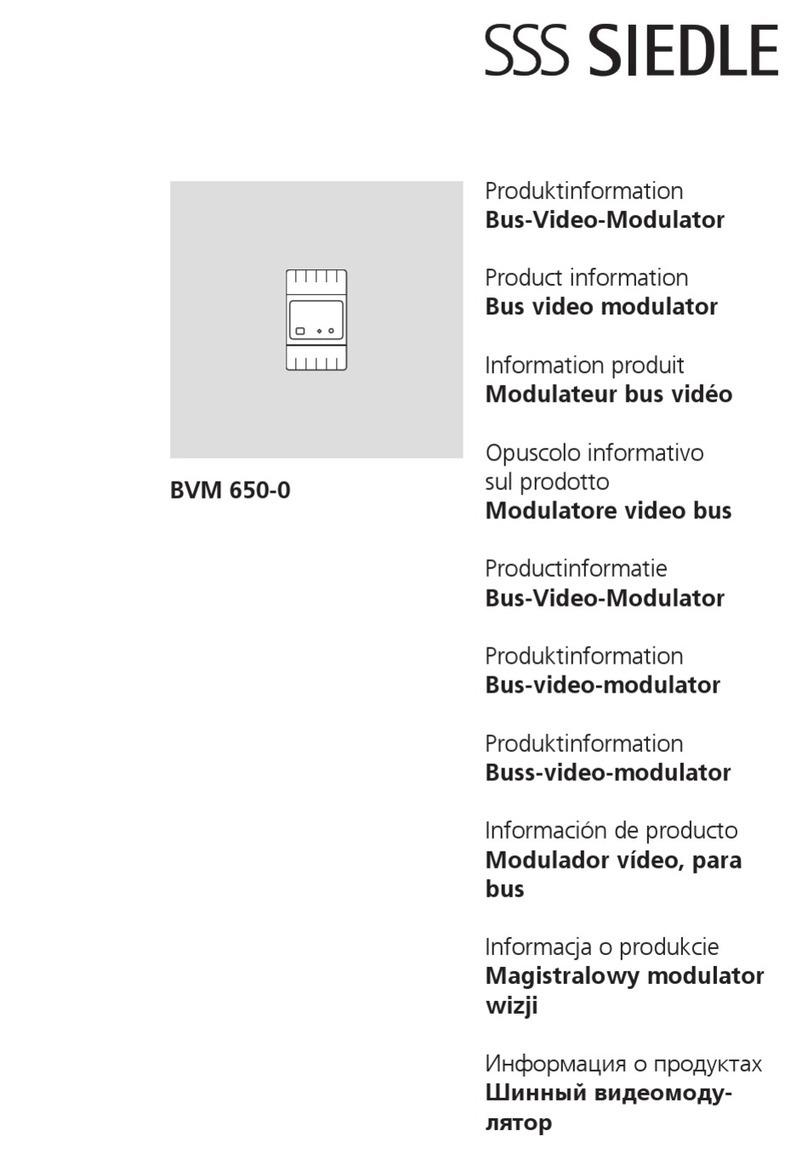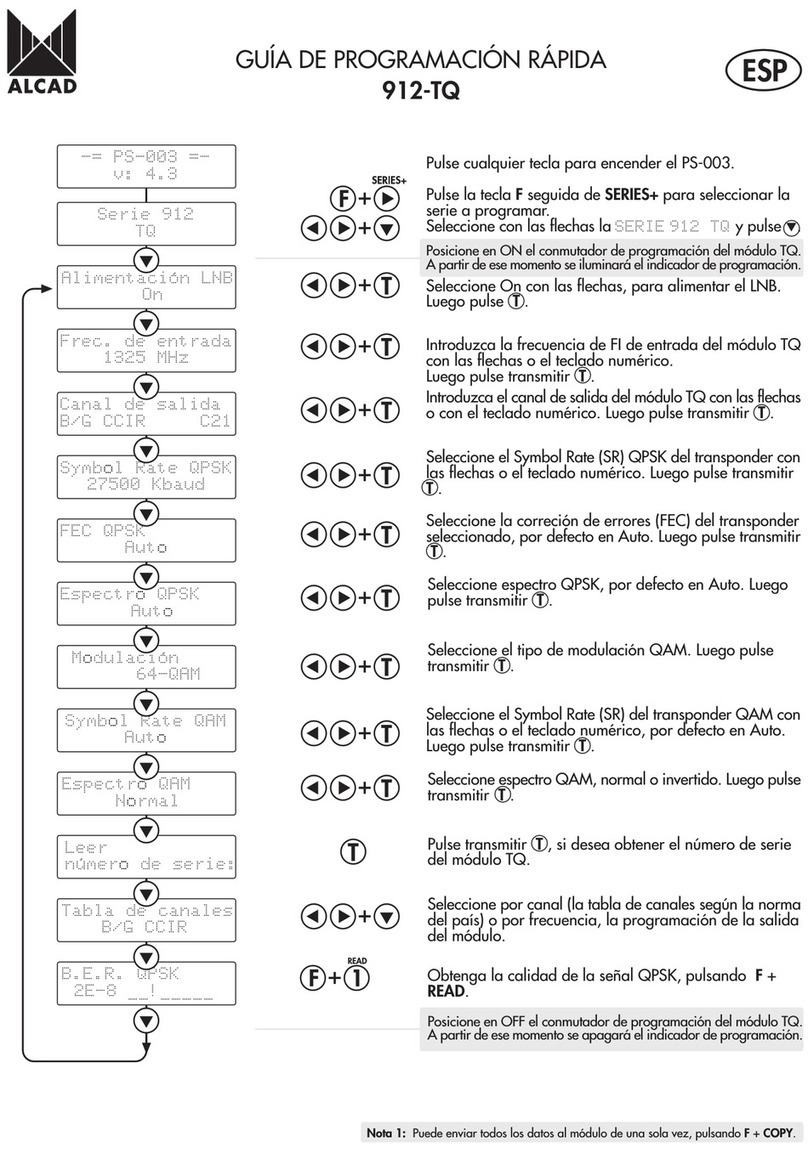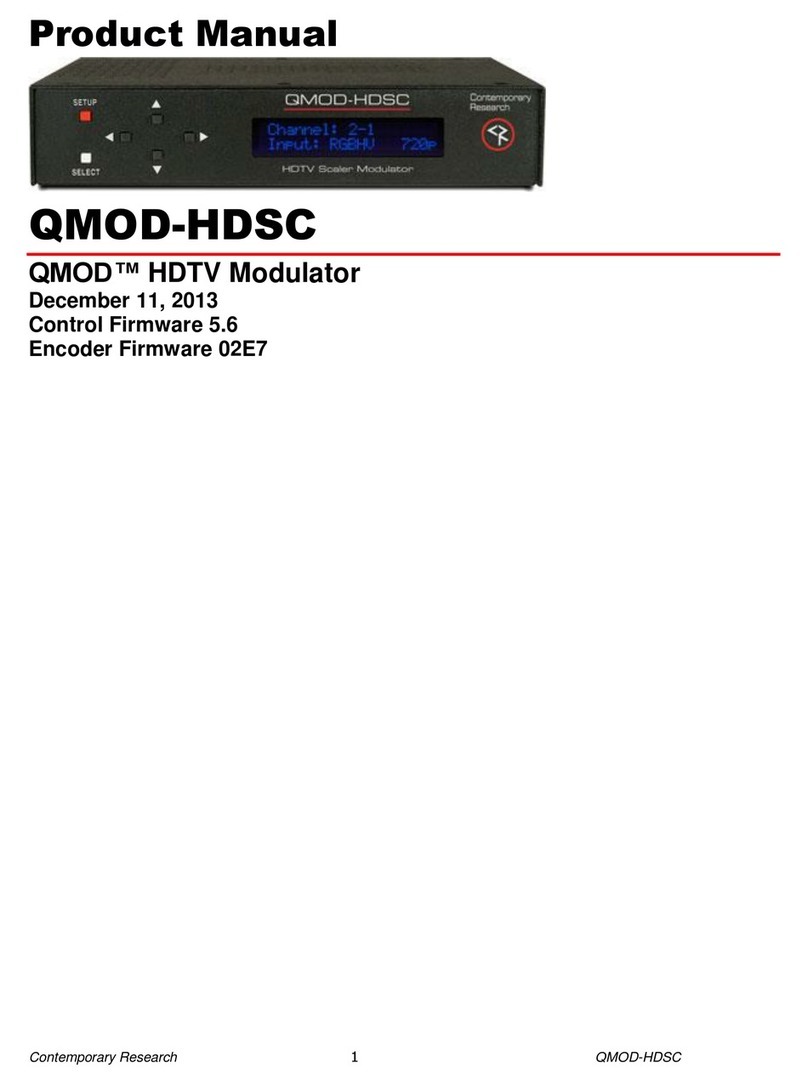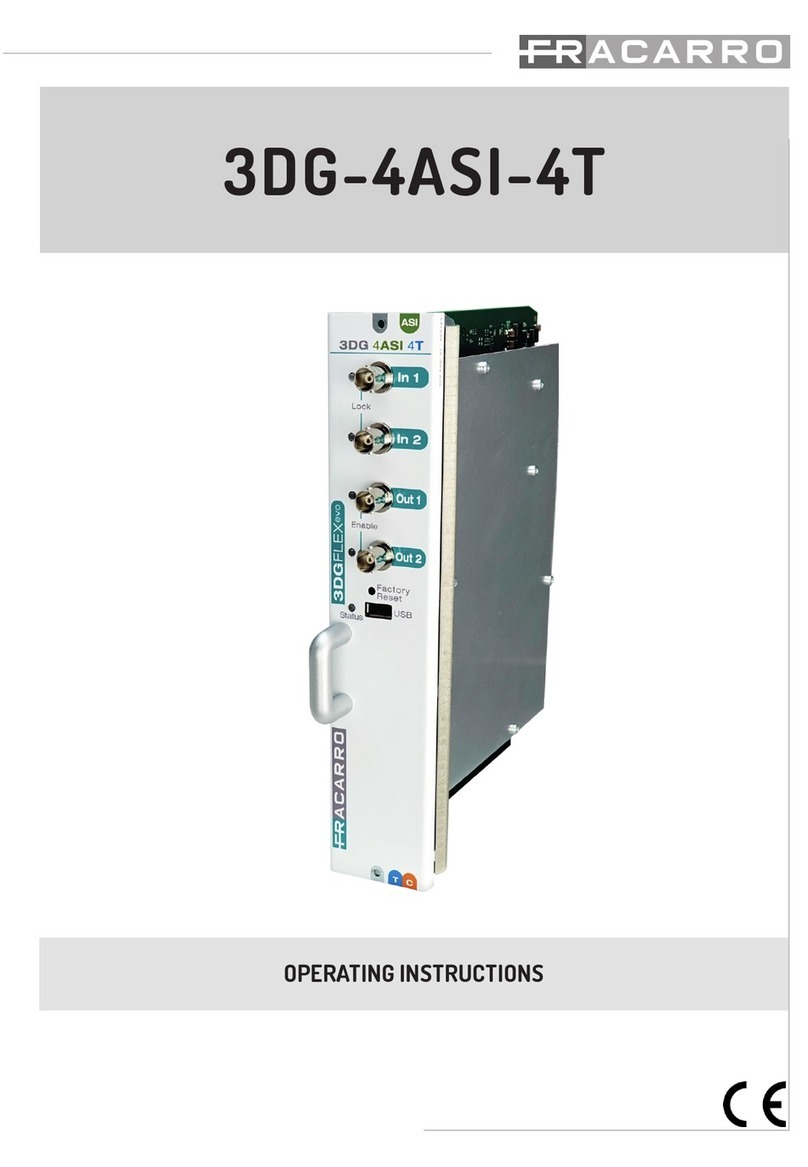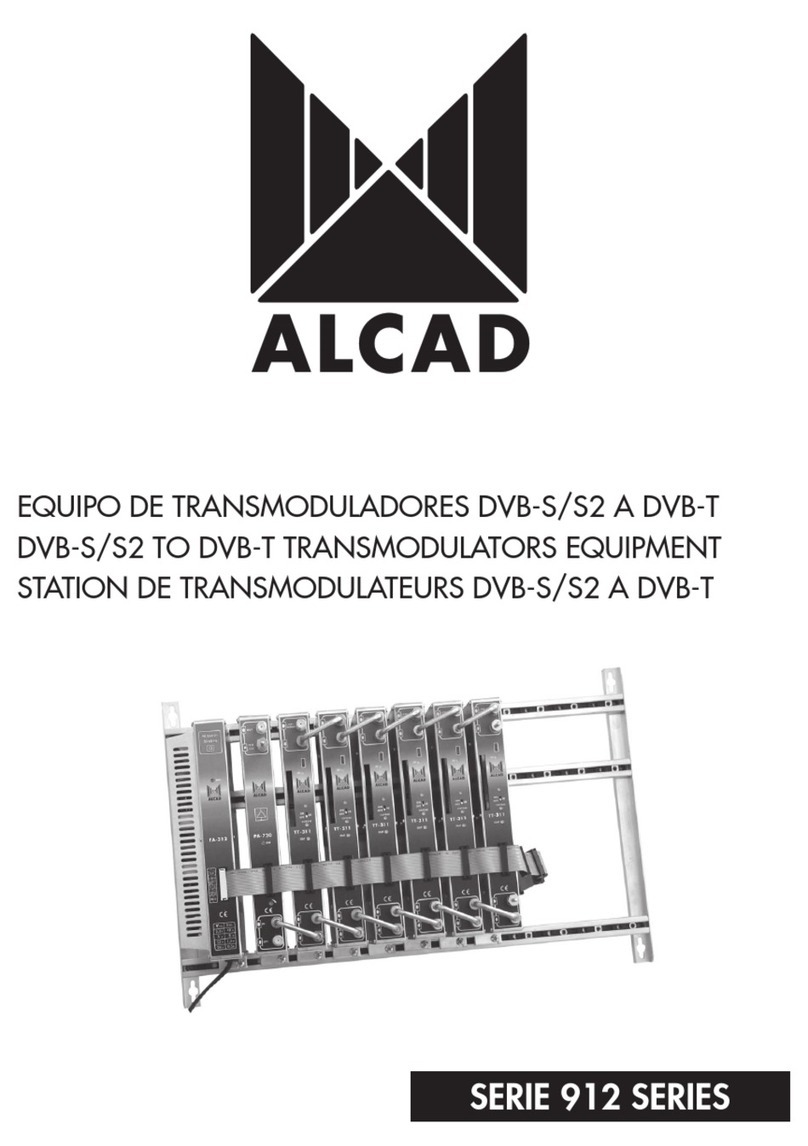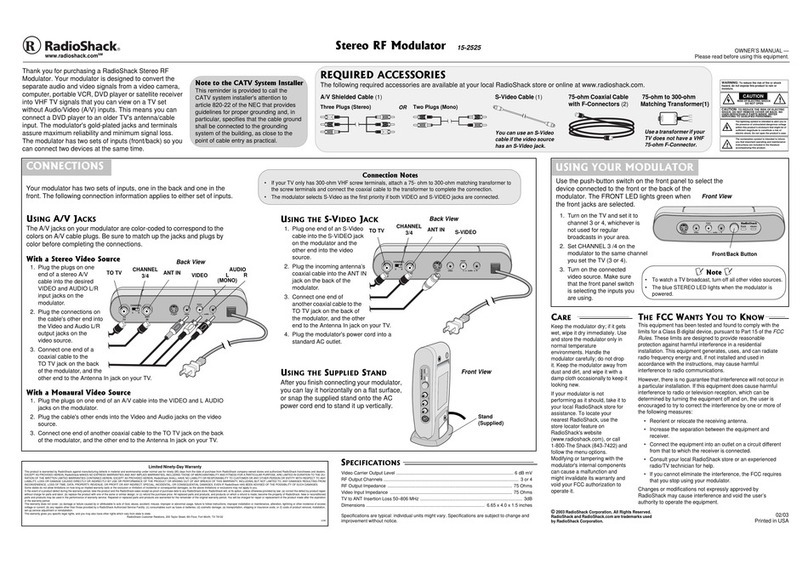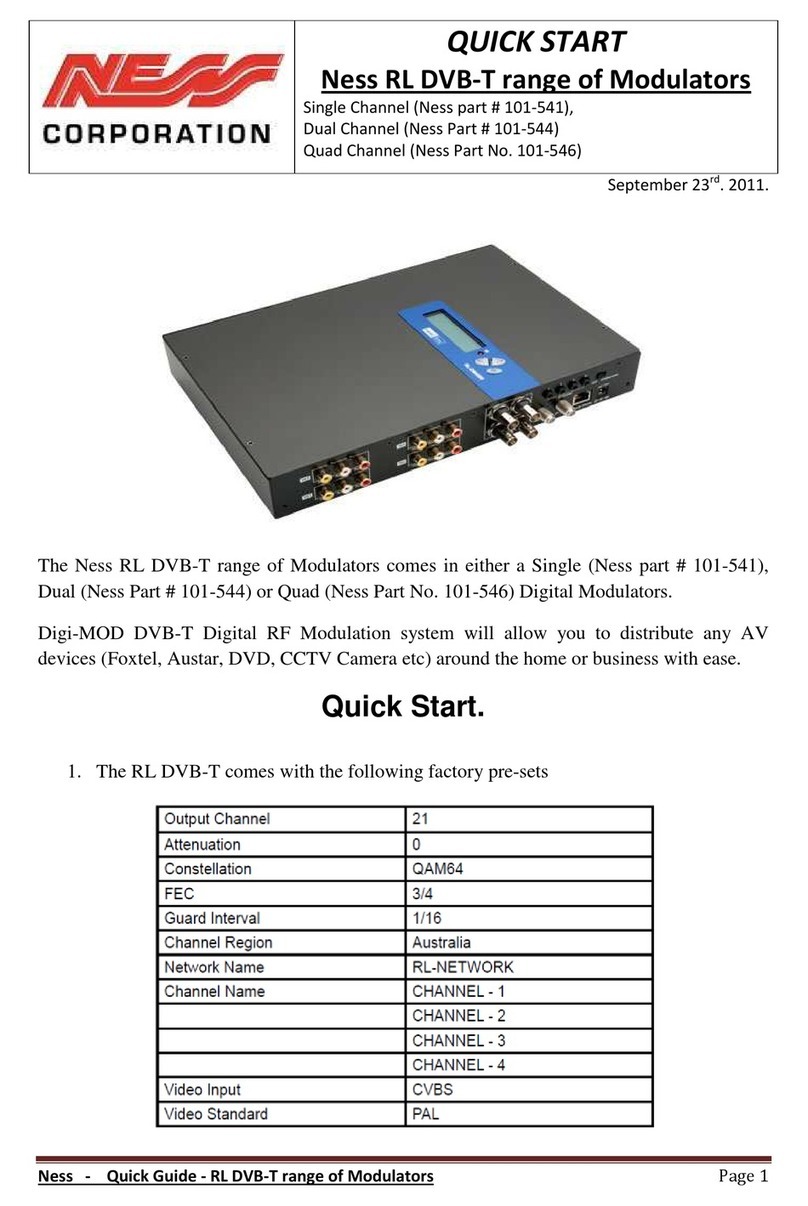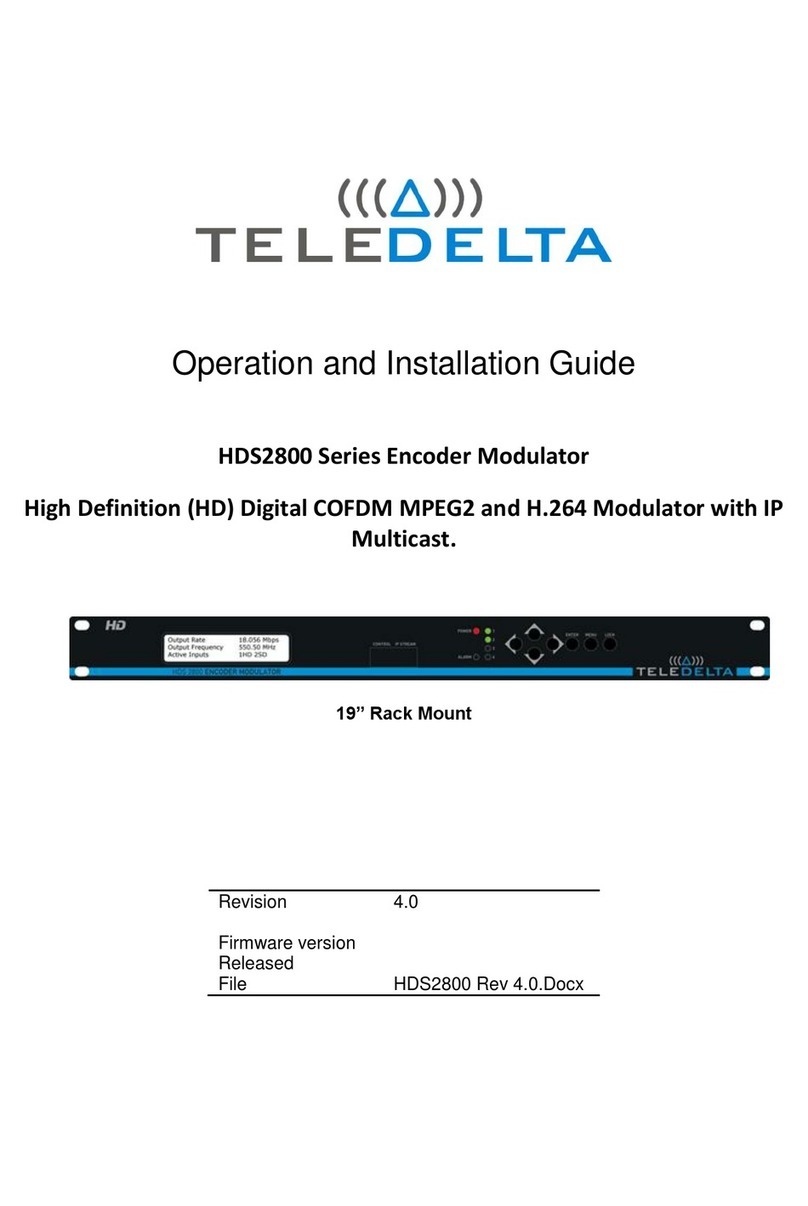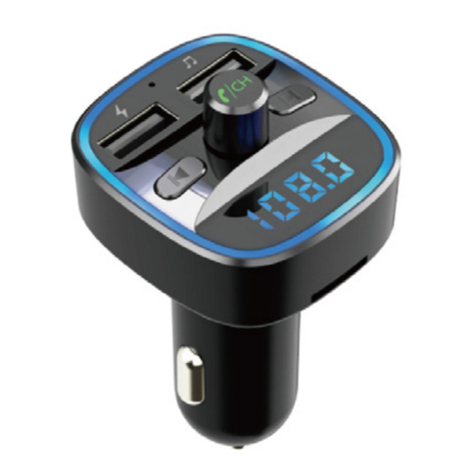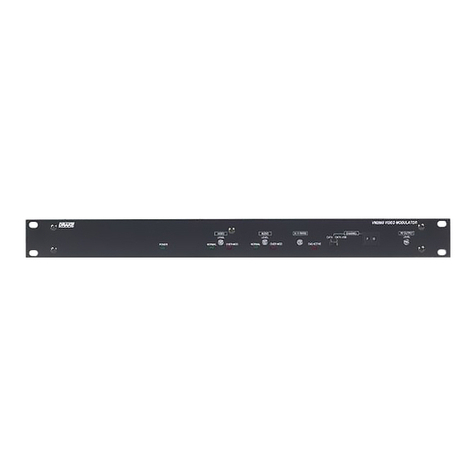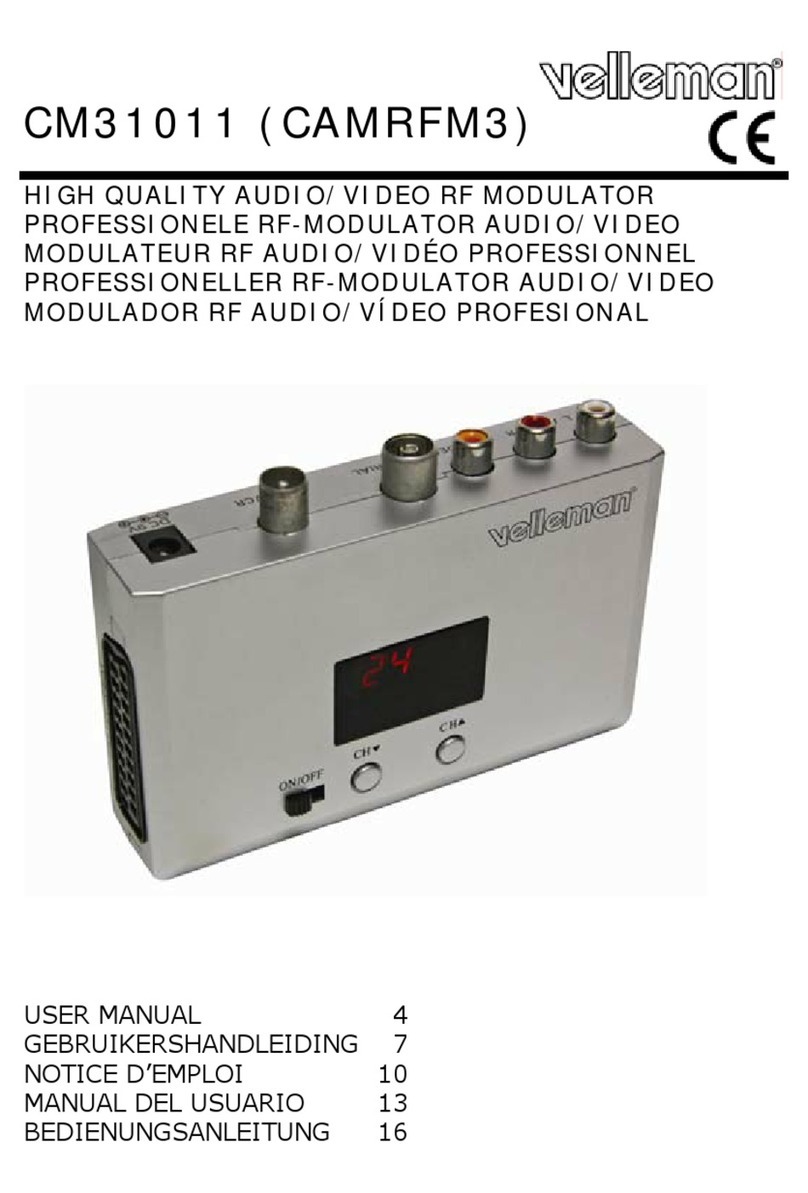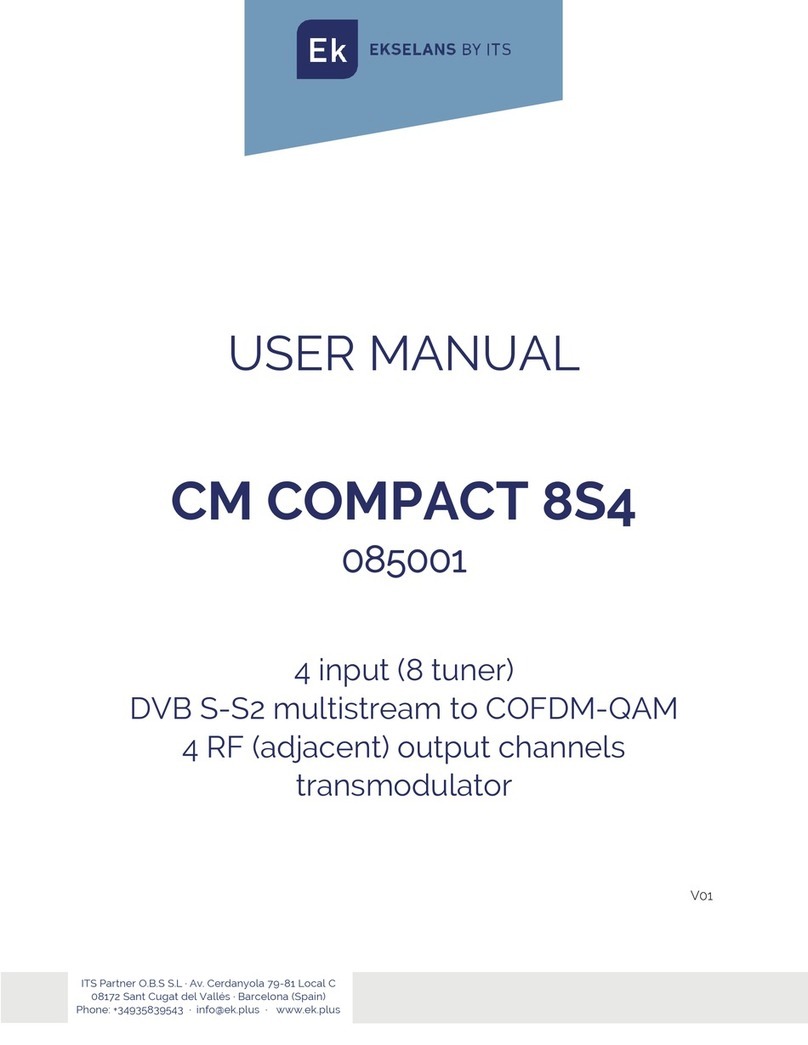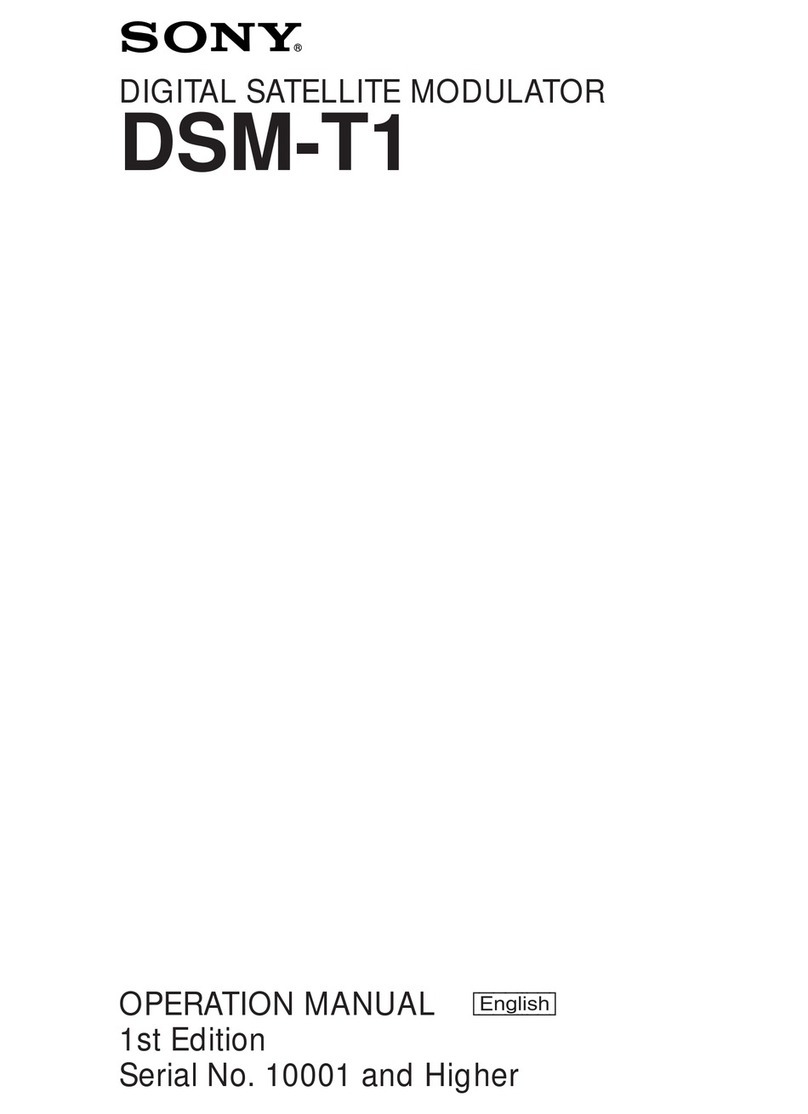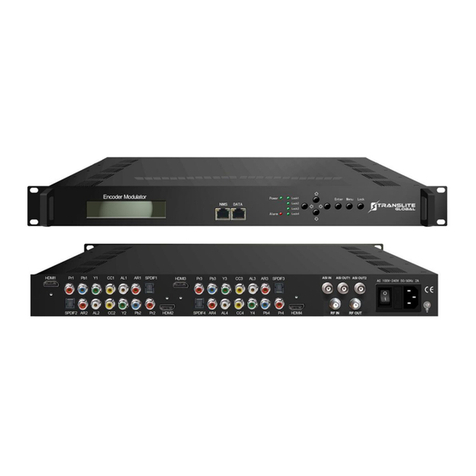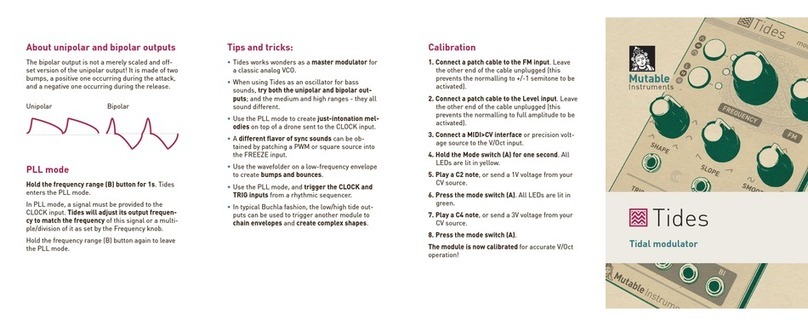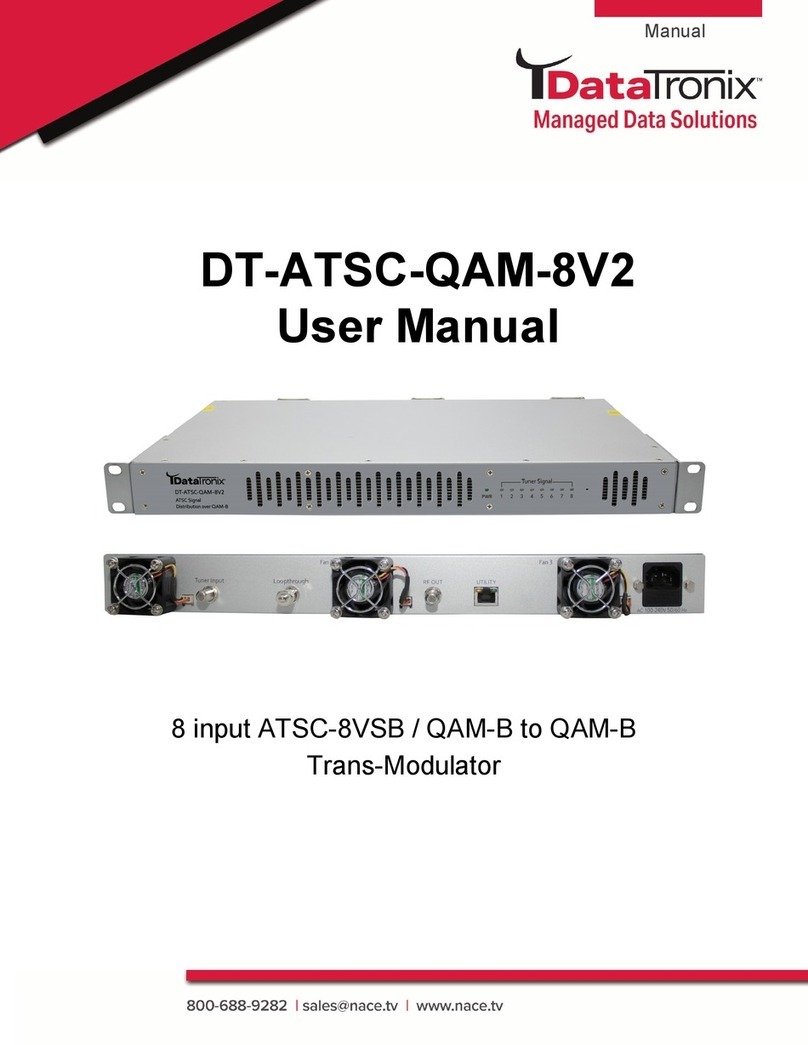ELTA music STRING RINGER User manual

Made in Moscow

Welcome to the “string ringer” replica LOVETONE
Ring stinger!
STRING RINGER manual
The Ring Stinger is fundamentally a ring modulator based
on the original transformer matrix (and not the ubiquitous
modulator chip) for that distinctive vintage ring mod
sound and 60’s germanium distortion. This is not your
average stomp box however and uses concepts that are
more akin to modular synths than effects pedals. To get
the most out of it and appreciate its hidden depths it is
absolutely essential to read and understand the manual,
which we have taken, great care to write! The extended
features of the String Ringer give it such numerous sound
possibilities that it would be foolish to attempt to do them
all justice here. We are therefore NOT providing sample
settings (so please don‘t bother to ask) but relying instead
on an understanding of the principles involved allied to
some pant-curdling experimentation. There are
nevertheless some hints and tips provided at the end. If
you want to busk it that's fine (the pedal is fairly idiot—
proof and you'd be hard pushed not to get a sound) but
just don't expect us to explain what‘s going on.

BASIC PRINCIPLES
A ring modulator is a device that combines two inputs (A and B)
into one output, transforming them into new sounds not originally heard at
the inputs. These are in fact the sum and difference of the frequencies of
the input signals (A+B and A-B). The original input signals are
suppressed, leaving the sum and difference signals to be heard together
as the output. This process yielding very complex waveforms can
produce many harmonies. This results in the atonal and “bell-like” effects
that are commonly associated with ring modulation (unless A and B are
harmonically related which has less atonal results). A special case (which
the String Ringer exploits) is when A and B are the same thus giving an
octave above (A+B). Low-pass filtering (i.e. removing harmonics from)
one or both inputs can greatly increase the purity of the output signal.
Most simple ring mod units have only one external input and produce a
tone (or “carrier”) to modulate it with. The carrier remains static (unless
manually tweaked) which greatly limits the effects possible. Modulating
the carrier frequency (i.e. moving it around a bit) hugely increases the
potential. String Ringer allows various ways to do this (by foot pedal, light,
external control voltage and not least the built in LFO- short for Low
Frequency Oscillator). The carrier (or “VCO” –short for Voltage Controlled
Oscillator) on the Ring Stinger also has an insert point allowing the carrier
to be overridden by a second external source as well as access to the
carrier itself which can be used as a sound source in its own right. It is
important to understand that a ring mod will produce a sound only if
BOTH inputs have sufficient signal going into them (the resulting output
level being a factor of both input levels). You can also use the insert point
to treat the carrier itself (e.g. with low-pass filtering as mentioned above,
gating, amplitude modulation etc.)
An ring modulator suffer from carrier breakthrough and distort
and degrade the original signal, especially those using a transformer/
diode matrix as in the String Ringer. However, by good design and time
consuming selection and matching of components the carrier rejection
achieved in other designs by using modulator chips has been equaled
and in most cases surpassed but with two distinct advantages: mega sex
tone and no periodical adjustment required. !
STRING RINGER manual

Please note that use of compression or distortion (after the
Ring Stinger) will greatly exacerbate carrier breakthrough.
HOUSING (BENEFIT)
Keep case closed when in use for maximum signal screening and
minimum hum pick-up.
CONNECTIONS
Input
Connecting a jack to this will power up the unit (whether
switched on or off). You can connect a mic, instrument, mixer send or the
output of another effect. Please note that the input level has a marked
effect on the sound (see Drive). To attain a sufficient level a mic should be
200-600 ohm and connected via a suitable impedance matching
transformer for high impedance 50kohm output (the inexpensive in-line
balanced XLR to 1/4” jack type is ideal). The String Ringer is optimized
for instrument level (-20dBm to -15dBm), which gives the best Drive
range and Blend balance. Higher levels can he used but may require
adjustment of control settings.
STRING RINGER manual

VCO out
Use this as a synthesizer! Together with Carrier In, this acts as the insert
point for the VCO (or “carrier') thus providing access to the VCO
(regardless of whether there is anything connected to the Carrier In).
WARNING: Turn down your amp or monitoring volume before you plug
into this socket. PLEASE NOTE: if you have a signal connected to In/On
at the same time as accessing the VCO there may be some crosstalk. If
so, turn down the Drive control or mute the incoming signal.
Calibrating the VCO
⚠WARNING:
The VCO output is much higher than
instrument level, so turn down your amp
or monitoring volume first. Open up the
pedal as described previously and
connect your power supply. Plug an amp
or other suitable monitoring into the VCO
out jack. Set VCO freq. to approx. 12
o’clock, Depth/Manual to zero (fully anti-
clockwise) and the VCO selector switch to (sin) (sine wave). The trim pot
is near the middle of the main pcb (as you look from underneath) and
labeled PW trim. Using a trim tool or small screwdriver slowly turn the trim
pot to find the “null point' to give you the mellowest sound.
Provided you use the same (regulated) supply with this pedal no further
adjustment should be necessary. (This calibration also affects the triangle
and square waves, but is best done on sine as described above.)
STRING RINGER manual

CARRIER in
This acts as a second input it you want to ring mod two external
signals. Connecting a jack will break the path of the VCO. When nothing
is connected, the VCO out is “normalized” to the Carrier In (i.e. no jack
cable needs to be connected for basic operation). This input has a 20K
input impedance so when using a guitar or other high impedance source
some signal buffering or pre-amplification will be desirable. Buffering can
easily be achieved by connecting a FET switching pedal (e.g Boss, DOD,
Ibanez) in bypass between the guitar and this input. If instability is
experienced using a wah pedal. The same would be beneficial (between
the wah and this input). IMPORTANT: Because in basic operation the
break jack set-up described above may be sitting idle for very long
periods of time, it may be necessary every now and again to “exercise”
the contacts by inserting a jack a few times. If you experience any signal
loss this is the first thing to try.
DC 9 volt
Power jack. You can use a regulated and smoothed 9 volt D.C.
power supply which must be stabilized mains and which has a standard
2.1 mm, negative – center.
IMPORTANT: The purity of the VCO waveform depends on the supply
voltage. (An impure VCO waveform, especially if modulated with a
complex input signal, will drastically increase the harmonics flying around
at the output. This will not generally give the most musical results, but can
of course be used if desired. ) The Ring Stinger is calibrated for 9volt
operation.
12 volts will work fine, but it will be necessary to adjust an internal trim pot
to obtain a pure VCO waveform. This may be necessary even on a 9volt
supply as no two supplies produce exactly the same output voltage.
STRING RINGER manual

VCO CV in
This is a STEREO jack socket that accepts 8 different types of
controllers for the VCO frequency:
1. Volume Pedal (See WARNING!!)
a) Using a MONO cable: Connect the output of a passive (i.e.
non battery-using) volume pedal (e.g. Boss FV50 or FV6O) to
the socket. Use the VCO Freq. control to offset the range of
pedal operation.
b) Using a STEREO cable (this will provide a better sweep):
This requires making a special cable consisting of
one stereo (TIP-RING-SLEEVE) jack “A” (which plugs
into the String Ringer) and two mono jacks
“B"+“C" (which plug into a passive volume pedal, B to
the output and C to the input). Wire the following
connections: A TIP to C TIP, A RING to B TIP, A
SLEEVE to B+C SLEEVES. Moving your foot forward
will decrease the VCO frequency for both a) and b).
2. Light Jack. Insert the jack (which is provided) into the socket. It will
respond to ambient light changes and, more directly, hand
movements (which can create with a bit of practice vary Theremin-like
effects). The brighter the ambient light, the greater the available range
will be. Maximum darkness will give the highest VCO frequency
(which will approach, but never quite reach, that set on the VCO Freq.
control it the jack was not plugged in).
3. CV (Control Voltage) Connect a mono jack with CV feed all the way
into the socket. Please note that the VCO is scaled at slightly less
than 1V/octave so that a potentiometer, series resistance or volume
pedal can be placed in line with the control voltage to scale it to 1V/
octave (over a moderate range).
STRING RINGER manual

LFO depth
This Is a STEREO jack socket that accepts 2 different types of
controllers for the LFO depth:
4. Volume Pedal (See Warning). This requires making a special
cable consisting of one stereo (TIP-RING-SLEEVE) jack “A” (which
plugs into the String Ringer) and two mono jacks “B"+“C" (which plug
into a passive volume pedal, B to the output and C to the input). Wire
the following connections: A TIP to C TIP, A RING to B TIP, A SLEEVE
to B+C SLEEVES. Moving your foot forward will decrease the VCO
frequency for both a) and b). The LFO Depth/Manual control will scale
the action of the pedal. Maximum setting will give maximum
available modulation (which will in most cases be approximately half
that available with out the volume pedal). Moving your foot forward
will increase modulation depth. Please note a mono cable set-up will
not work in this socket. ⚠WARNING: The sleeve connection to
this socket must NOT come Into contact with other cable sleeves or
ground, as it is at a different voltage.
5. Light Jack. Insert the jack into the socket. Bright light gives
maximum available modulation (which will approach, but never
quite reach, that set on the Depth/Manual control if the jack was not
plugged in). The two pedal Input lacks are to be used only in the
manner described.
OUTPUT
Main pedal output
STRING RINGER manual

CONTROL PANEL
LFO DEPTH
The action of this control depends on the status of the LFO/Unlock toot
switch (i.e. whether the LFO is activated or not) and the Oct./ Fling
footswitch (i.e. whether you‘re in octave or ring mod mode). Ring Mod
Mode:
1. When the LFO (and yellow LED) is on it determines the depth (or
“amount") of modulation of the VCO by the LFO. Depending on the
position of the LFO 4-way switch this can mean modulation of the
VCO frequency or pulse width “PW”. PLEASE NOTE: In certain
circumstances a high depth setting can push the VCO square wave
pulse width "off the scale” resulting in a momentary silence. Please
also note that use of the LFO in Ring Mod mode may cause
additional carrier breakthrough to occur.
2. When the LFO (and yellow LED) is off it acts as a fine tune for the
VCO Freq. (maximum shift being on average 1.5 octaves) or VCO
PW (whichever the LFO selector switch is set to) but only on
square waves - not triangle. (See also LFO/Unlock footswitch). This
feature can be used to effectively extend the available range of VCO
Freq. (in both directions). Octave Mode: This control has no effect.
STRING RINGER manual

LFO RATE
Determines the speed of the LFO. The LFO has a range from very slow
up to low audio frequencies (which allows FM effects to be heard at the
VCO output, as well as driving the ring mod bananas. The action (rate) of
the LFO is shown by the yellow LED. (In Octave Mode the green LED
also shows it.)VCO FREQ
Determines the frequency of the VCO. The VCO has an extremely large
range. At the slow end it can be used to create gating/repeater effects.
This is because, as mentioned previously, the ring mod needs both inputs
to be active to produce output so on sub-sonic VCO frequencies the
output will follow the pulsing of the VCO. (This also means that it you
have a jack connected to Carrier In with no signal on it you'll get nothing -
however at least it'll be a big fat analogue nothing!) The most pronounced
gating effect will obviously happen when the VCO is set to square wave -
see VCO selector switch).
PLEASE NOTE: In Octave mode the VCO is switched off to prevent cross
talk.
DRIVE
Ring Mod Mode Determines the drive to the ring mod. More drive means
more distortion and thus a more atonal effect. For purer more bell-like
tones keep the drive low (and select sine wave on the VCO).
IMPORTANT: Too low a drive level may result in no sound at all. The input
level at ln/On will also determine the amount of drive.
Octave Mode: Determines the octave drive. The drive levels in Octave
Mode are somewhat higher than in ring mod mode producing a full-on
germanium octave ‘fuzz" effect. (If you're using a guitar the best way to
hear this is on the neck pickup with the tone rolled off.)
STRING RINGER manual

TONE
A glorified name for atone pot - but this is no ordinary tone control.
Clockwise it goes from a low pass, through fizzy and scooped, to a poky
mid boost. At either extreme it will roll off high-end harmonics - useful for
creating purer bell-like tones.
BLEND
Mixes straight signal with effect. Giving 100% effect when fully clockwise
and vice-verse. Adding some straight is useful for preserving bottom end
on bass sounds for instance. As well as some semblance of the original
key.
VOLUME
Boost and volume control. This is not in the original Lovetone pedal. This
is modified of the ELTA music.
LFO Selector switch
Ring Mod Mode: Selects triangle or square wave on either pulse width
(“PW”) or frequency modulation of the VCO.
Octave Mode: This switch has no effect. The modulation of the octave
drive always comes off the LFO square wave (and always at a fixed level
is. It is unaffected by the LFO Depth/Manual control). The depth of
modulation is however affected by the Drive control. Maximum Drive
setting will give maximum depth.
STRING RINGER manual

VCO Selector switch
Selects sine, triangle, and saw tooth or square waveforms on the VCO.
The purest ring mod sounds will be obtained using the sine wave (see
Power Jack section on how to calibrate sine wave purity). The VCO sine
output is not 100% pure. However. For the best bell tones you can use an
external dedicated sine wave generator - or indeed the sine wave on your
sampler. These should be connected to Cartier In. All the VCO waveforms
change shape when PW modulated by the LFO, EXCEPT saw tooth
(where subtle amplitude modulation will result instead). PLEASE NOTE:
The triangle waveform is lower in level thus enabling lower overall output
levels.FOOTSWITCHES
LFO on
Stops and starts the LFO, as indicated by the yellow LED (which shows
the action of the LFO - but always the triangle wave, irrespective of the
position of the LFO selector switch"). IMPORTANT (AND SLIGHTLY
WEIRD). When the LFO is switched off it is effectively frozen or “locked”
into one of two states (“UP” or “DOWN”).
STRING RINGER manual

Oct/ring
Ring Mod Mode: The LFO Depth/Manual control then scales (fine tunes)
the (now static) square wave output affecting the VCO Freq. or PW
(whichever is selected on the LFO selector switch). Increasing the LFO
Depth/Manual amount in “UP” will push the VCO Freq/PW in one
direction, and in “DOWN" in the opposite direction. By observing the
yellow LED you can actively select “UP” or “DOWN”. This is obviously
only possible at low LFO rates - unless you’ve got the foot-eye co-
ordination speed of an insect. You could use this feature to toggle
between two discrete VCO Freq. or PW settings. When the LFO Depth/
Manual control is at minimum these two settings are virtually identical -
the difference between them increases as you turn up the LFO Depth/
Manual control.
As mentioned previously all of the above only happens with the LFO
square wave and not triangle. Octave Mode: The LFO will flash the
green LED, which will show the status of the LFO square wave and
consequently the level of octave drive. The drive is lowest when the green
LED is brightest and vice versa. So for maximum drive, lock the LFO
when the green LED is “off”. As above, you can set up the Ring Stinger to
toggle between two discrete settings, this time giving two levels of drive (a
subtle difference will be heard - most noticeably on guitars). Switches
between Ring Mod and Octave modes. The green LED indicates ring
mod mode, however (as explained above) it may be partially lit or flash in
octave mode depending on the status of the LFO. In Ring’ Mod mode,
however, the green LED will always be brighter than at any time in Octave
Mode, even when showing minimum octave drive. (Also, the green LED
never flashes in ring mod mode.)
STRING RINGER manual

POWER ⚡
Bypass switch. Switches the unit on or off (as indicated by the red LED)
HINTS & TIPS
“Dalek” effects: Feed a mic or voice signal into IN and dial up a low
frequency “jitter" on VCO Freq. with VCO square selected. Wares: tones:
Use mid VCO Freq. with VCO sine selected.
Bowed/Plucked effects: Use slows VCO Freq. with VCO sine/triangle/saw
tooth selected.
Repeater effects: Use slows VCO Freq. with VCO square selected. Also
try blending with straight signal. Frequency Doubled VCO: Connect VCO
Out to, IN and use blend control to mix with original. This enables VCO to
be accessed at the pedal output and also brings into play the DRIVE and
timbre controls. WARNING: Keep amp volume/monitoring level down
when connecting! Minimoog owners: Patch unused output or headphone
out on your mini into the IN and the pedal output into the external input.
Adjust the external input level so the overload lamp just flashes when the
unit is bypassed. DIY pure ring mod: Plug your input into Carrier In.
Connect a jack lead to IN and touch the loose tip with your finger! More
look at ourchannel in YouTube, as well as in video reviews!
!
Visit our web site
eltamusic.com

This manual suits for next models
1
Table of contents
